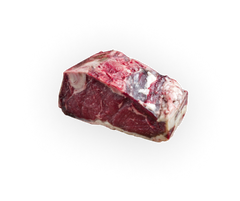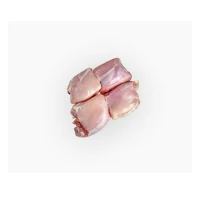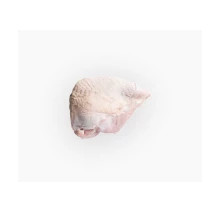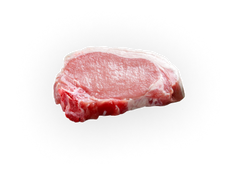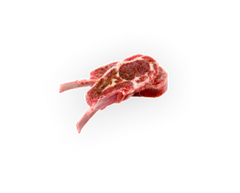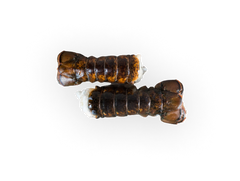CRACKING THE COW CODE
It's a bird, it's batteries - no - it's… beef packaging! Ever wonder what those mysterious A's and titles inscribed on the packaging are for? Are they important?
Fear not, it's really quite simple. Think of it as the cow's report card. In layman's terms, here's the lowdown:
The Grades
Grading in Canada is done by the Canadian Beef Grading Agency and has its own unique criteria compared to other countries. The entire cow is evaluated based on its age, its firmness, its colour, and the amount and quality of its fat marbling.
Prime
Translation: A+, Legendary
Prime is the Rolls-Royce of beef, plain and simple. It often isn’t readily available at the supermarket. This grading comes from the abundance of heavenly fat striations throughout its vibrant red meat. It's cooking potential is endless and it's a very forgiving meat.
AAA
Translation: A-, Excellent
AAA is much more accessible and is still absolutely delectable. There is a tad less marbling, but still quite a lot. It has really similar richness to the prime meats.This is still a very easy and impressive meat to cook with.
AA
Translation: B, Great
As we lower in grade, so does the fat marbling and therefore the flavour. Although perfectly lovely, AA meat requires more diligence in cooking it in a manner that complements the cut. (See more about that here).
A
Translation: C+, Adequate.
A is fine. It can be a bit tough and unforgiving, but is still decent. Don't think it can't be saved with some great cooking techniques and proper aging, because it can.
Aging meat can elevate the taste of any grade of meat significantly.
Aging
The gist of the process is to get a controlled decomposition (gross - yes, but hang in there) to improve its texture and flavour. Without aging, beef can taste bland and metallic.
But aging a piece of meat can elevate a so-so cut to a delightful delicacy.
Dry Aging:
It takes a long time, but is so worth it. The meat is hung to dry in a room with controlled humidity and temperature for a few weeks (usually up to 40 days). It then starts to develop an outer crust of mold that's later cut away.
Air circulation keeps anything bad from growing on the meat, so that something miraculous can happen in the interior.
Glutamate is created when enzymes in the meat cells begin to break down fats, proteins, and glycogen - forming amino and fatty acids. Glutamate is integral to delicious flavour. What you're left with is a robust, natural beefy flavour that can't be achieved any other way.
Meanwhile bacteria breaks down collagen and muscle fibers (structures that make meat tough to chew) to tenderize it. You're left with soft, succulent bites.
Wet Aging:
It is the process of storing the meat in a vacuum sealed bag for it to sit in its own juices. This marination results in a much more tender texture than non-aged beef.
When it comes right down to it, aged beef is far superior in flavour to non-aged beef.
So although beef grades are important, it is actually the aging process that has the most influence on the overall flavour experience.
Enjoy a cut for every craving.
Get the best of both with the Farm 2 Fork Signature Beef Variety Pack.
